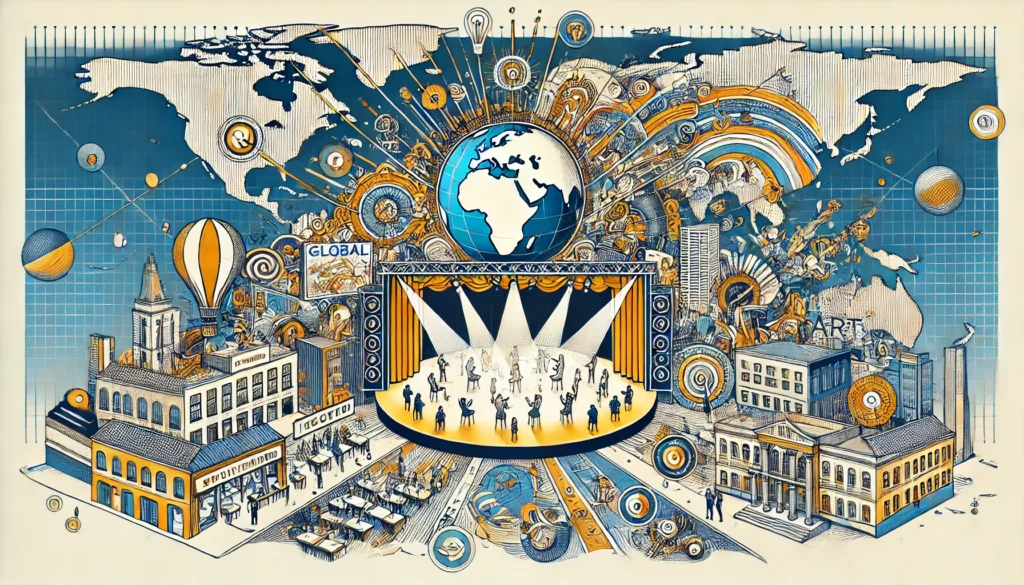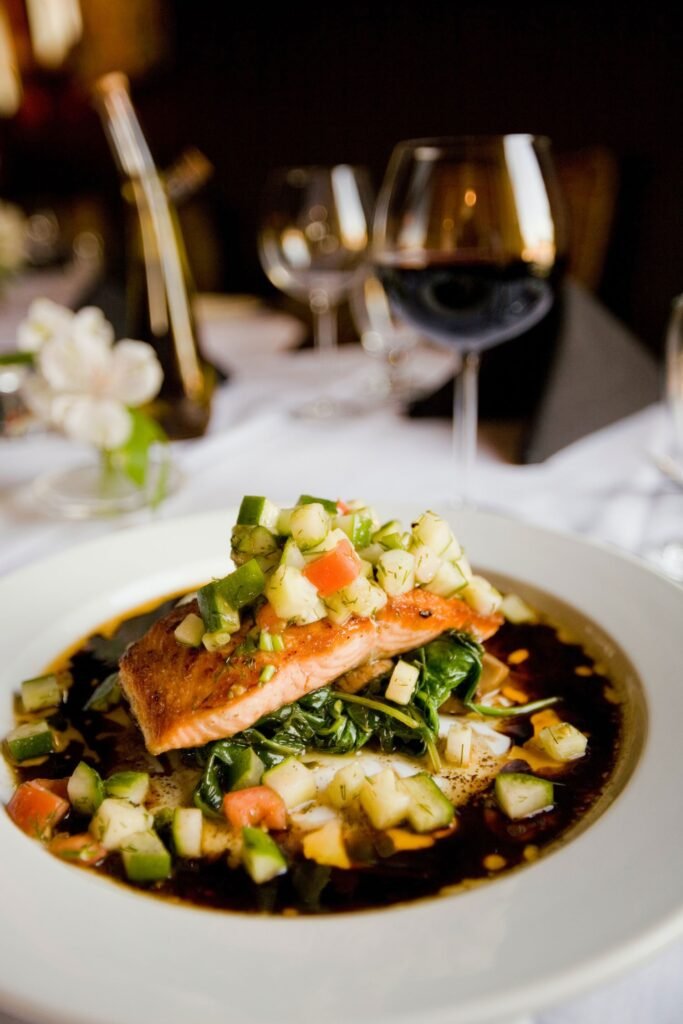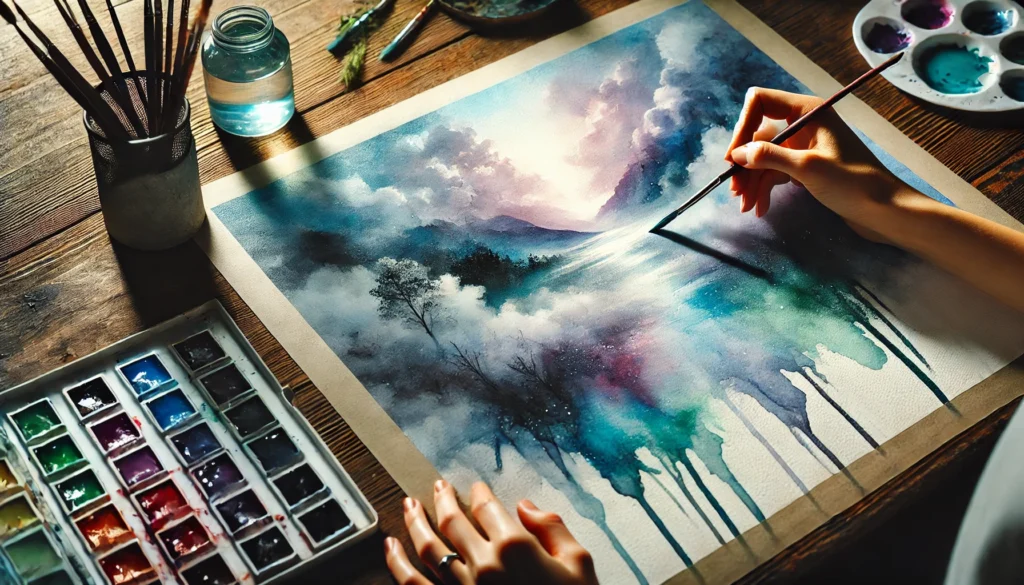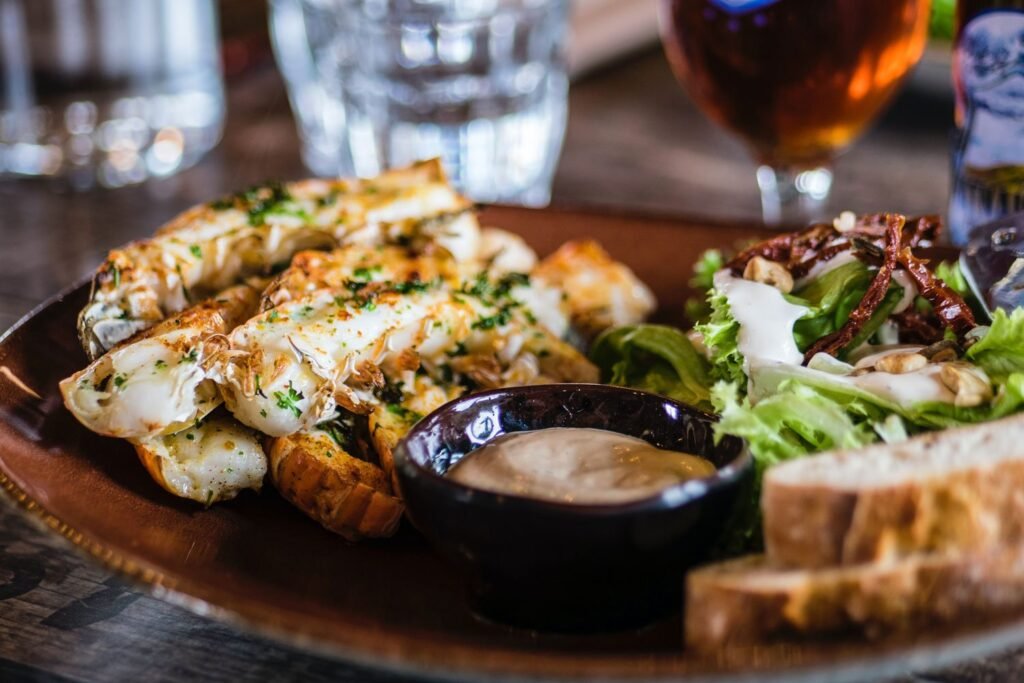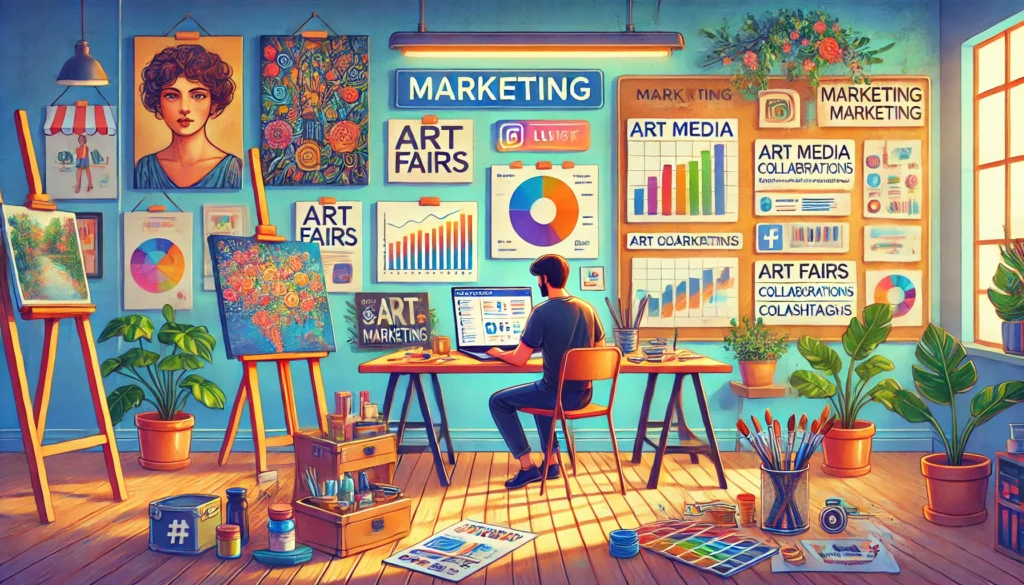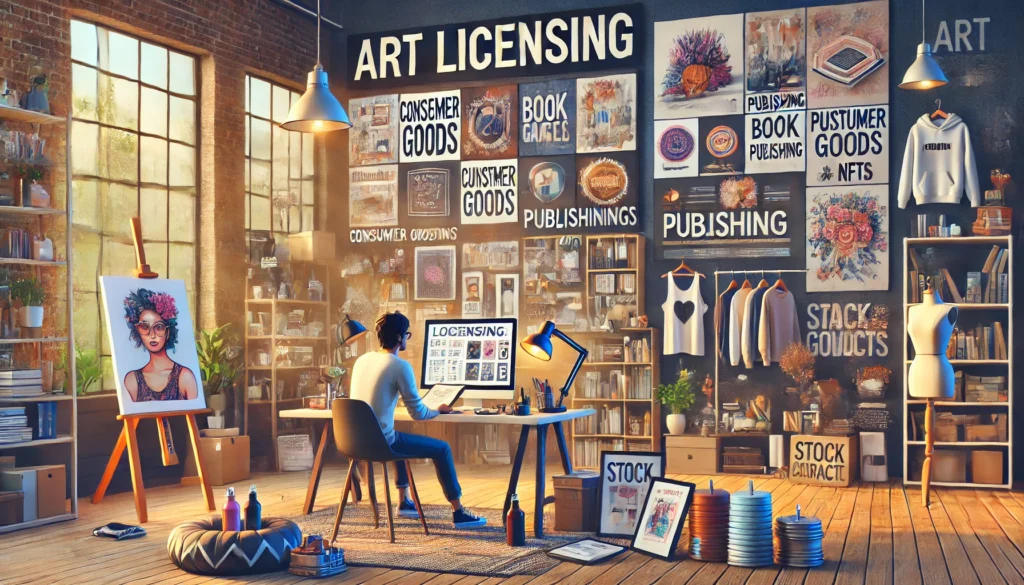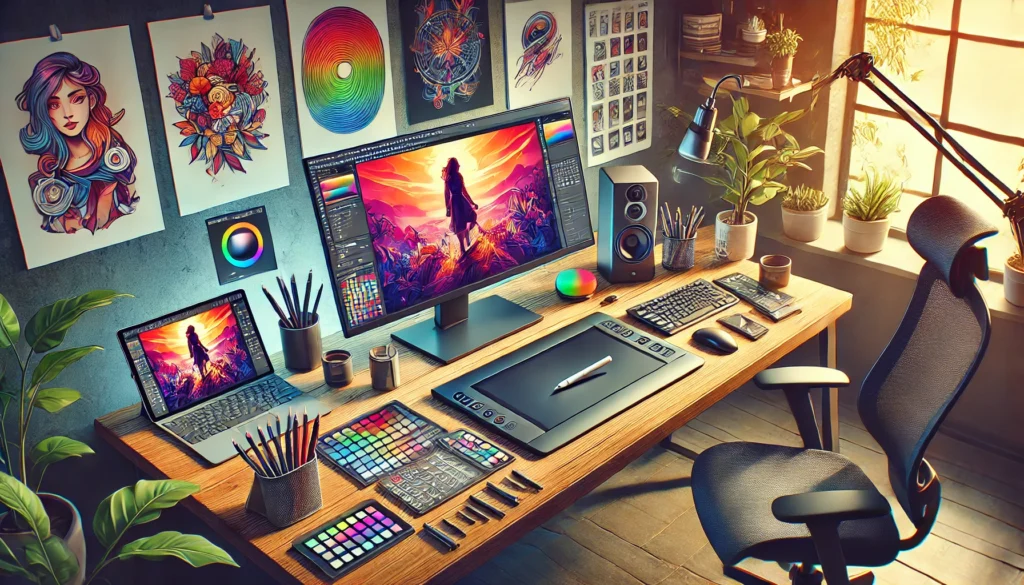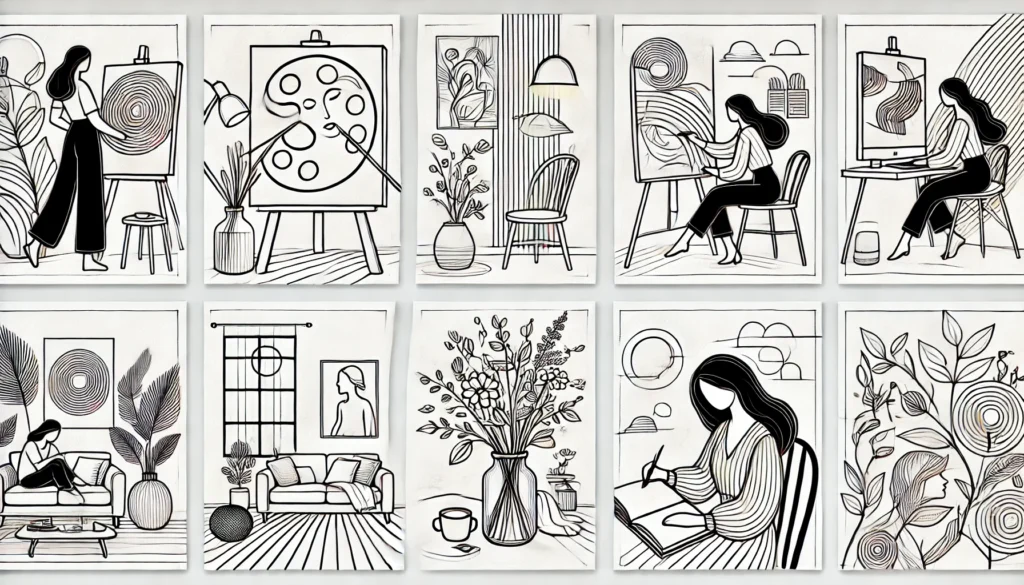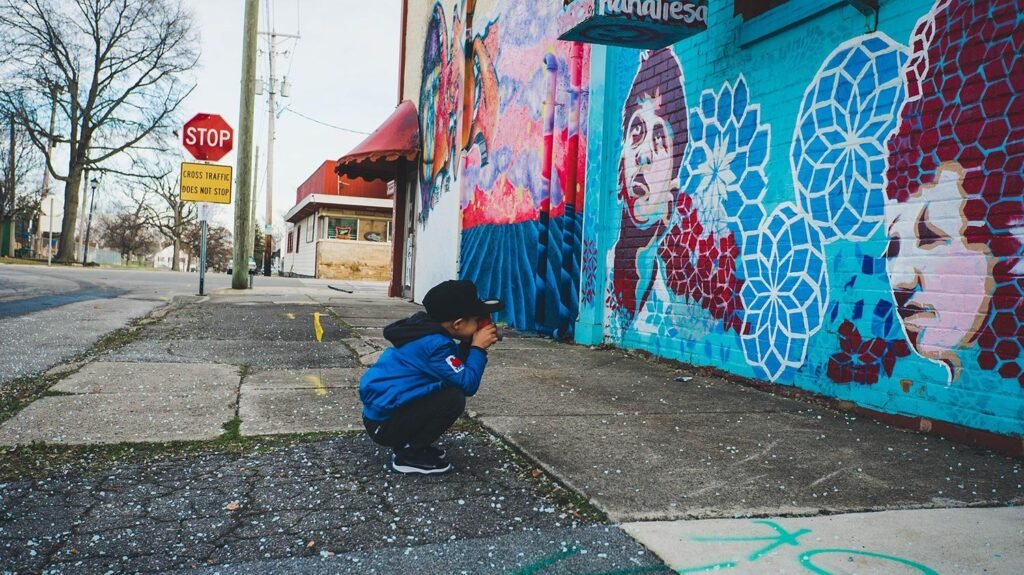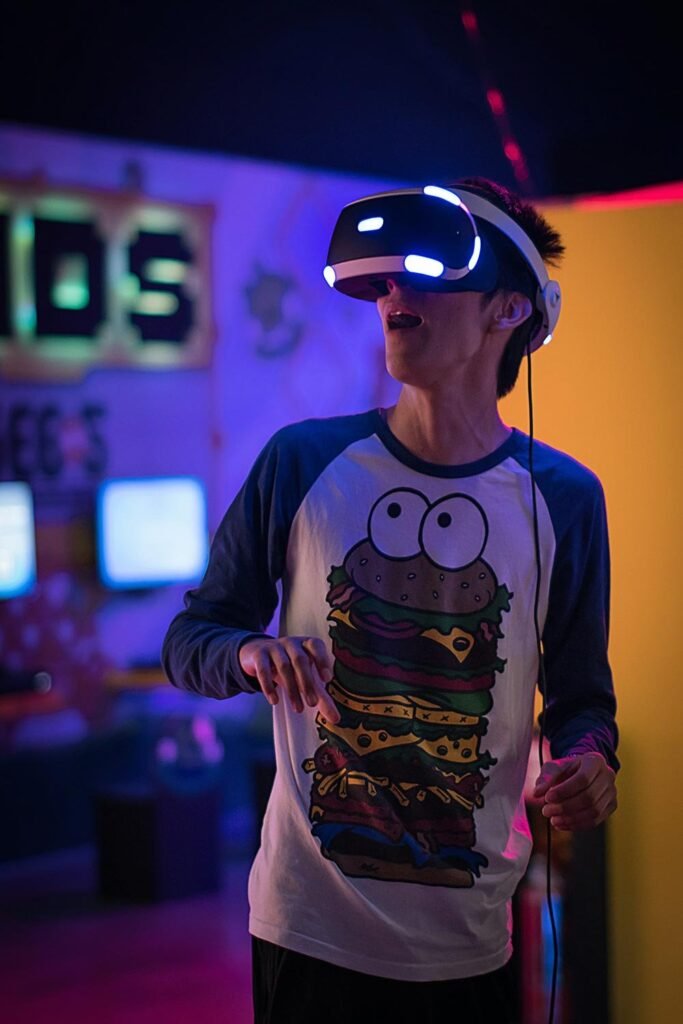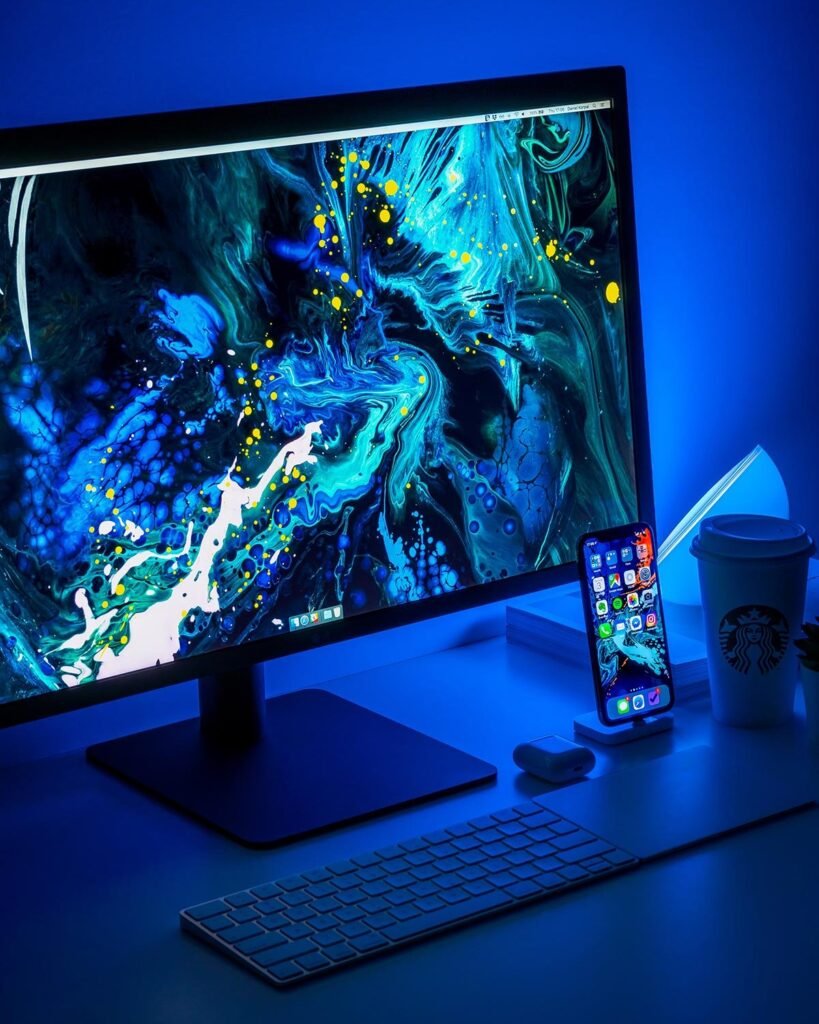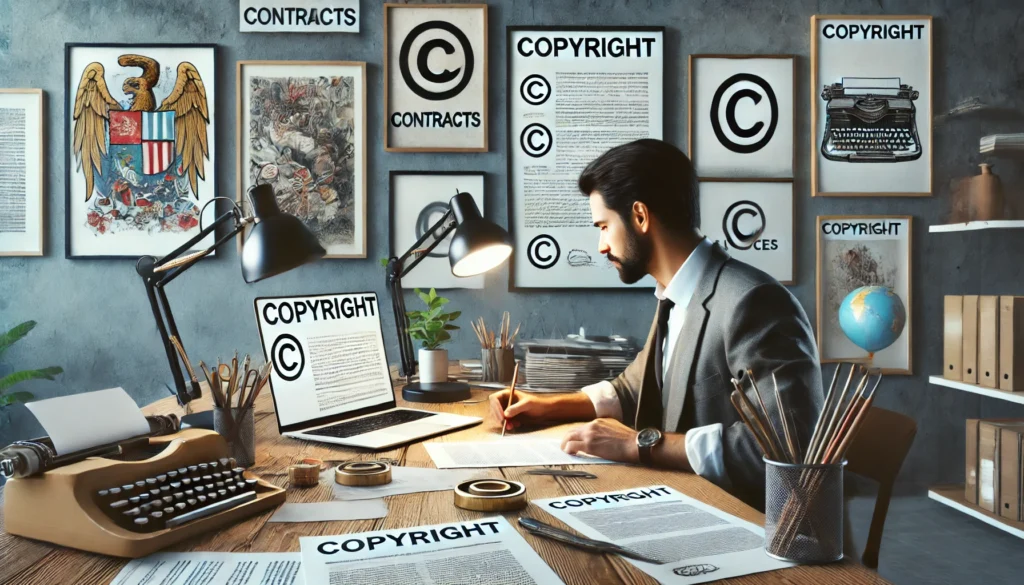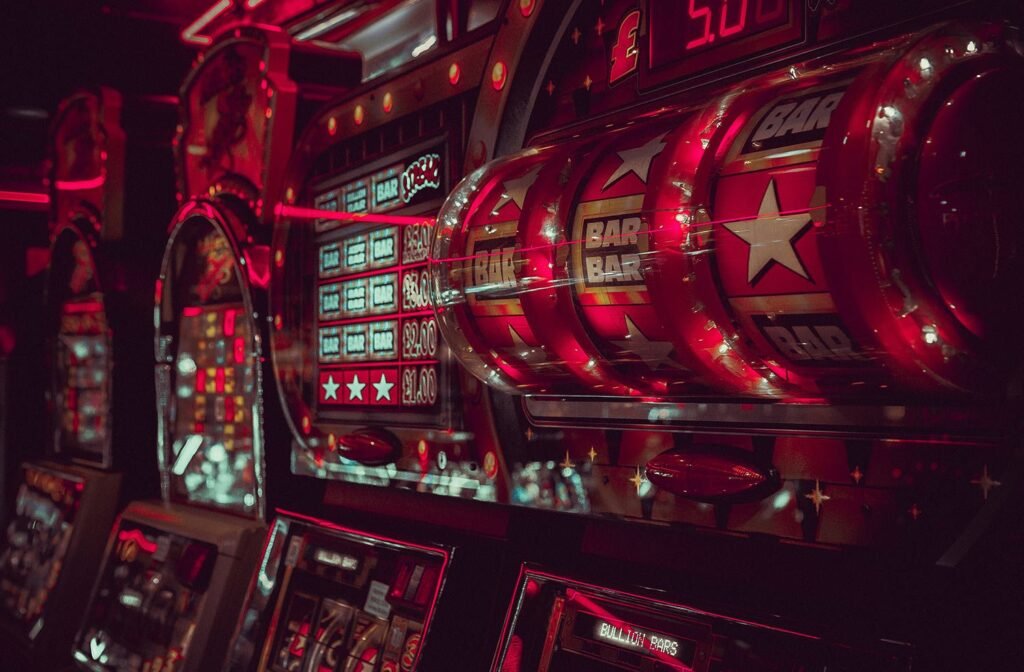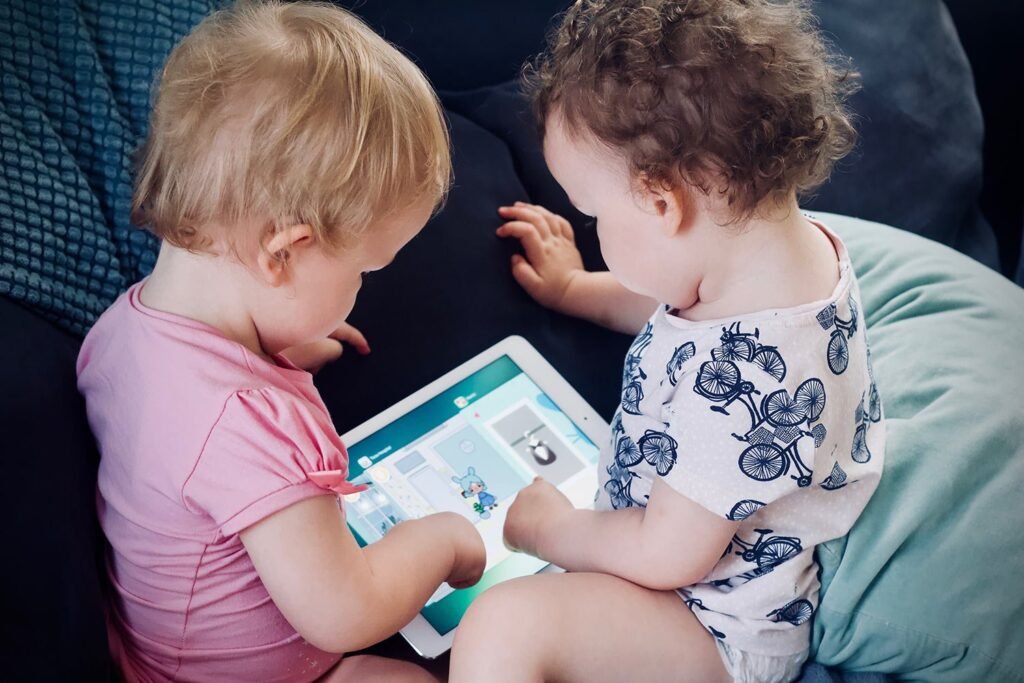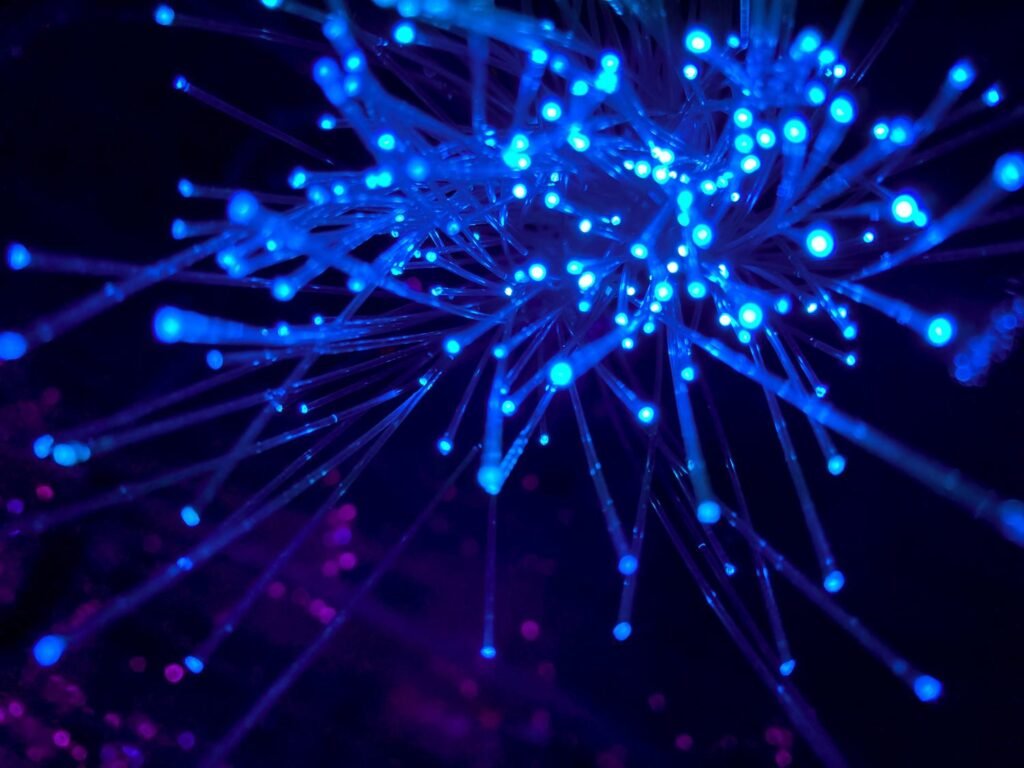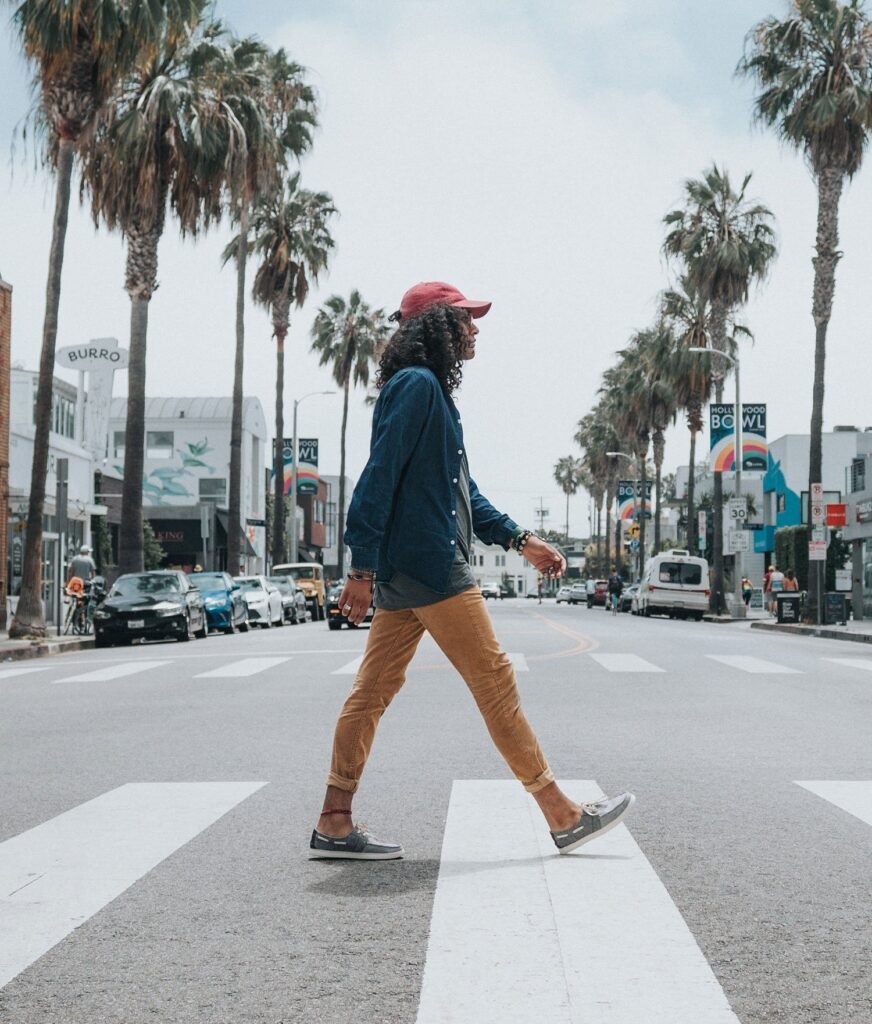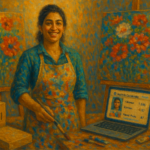The Significance of Public Murals in Urban Spaces
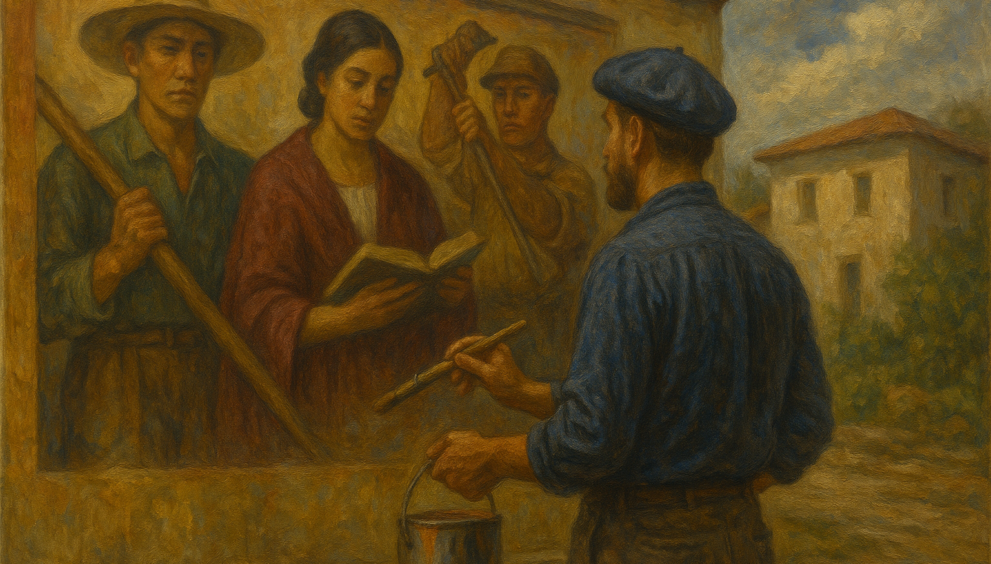
Public murals, often large-scale artworks painted on walls or other public surfaces, have long been a prominent feature in urban environments. These artworks, which can range from vibrant and colourful representations to stark and powerful political statements, play a vital role in shaping the identity of cities and communities. The significance of public murals lies not only in their visual impact but also in their ability to communicate cultural, social, and political messages to a broad audience. As urban spaces continue to evolve, public murals remain one of the most accessible and influential forms of public art.
The Rise of Public Murals
The tradition of mural painting dates back thousands of years, with early examples found in ancient Egyptian tombs, Roman villas, and the frescoes of the Italian Renaissance. However, the modern tradition of public murals as we know it today began to take shape in the early 20th century, particularly in Mexico and the United States.
In the 1920s, Mexican muralists such as Diego Rivera, David Siqueiros, and José Clemente Orozco created large murals that depicted social and political themes, reflecting the struggles of the working class and indigenous populations. Their works, often painted in public spaces like government buildings, were intended to educate the public about history, culture, and social issues, making art accessible to everyone, not just the elite.
In the United States, the Great Depression (1930s) saw the rise of New Deal murals, which were part of a government initiative to provide jobs for artists while bringing art to public spaces. These murals depicted scenes of American life, history, and labor struggles, and were created in a variety of public spaces, including post offices, schools, and federal buildings.
Public Murals as Social and Political Commentary
One of the most powerful roles of public murals is their ability to serve as a form of social and political commentary. Murals have the ability to communicate complex ideas and emotions in a way that is accessible to all members of a community, regardless of literacy, education, or social status. Whether addressing issues like civil rights, environmental justice, or immigration, murals can capture the collective experiences, struggles, and hopes of a community.
For example, the Berlin Wall murals are an iconic representation of public art as political expression. After the fall of the Berlin Wall in 1989, the East Side Gallery emerged as a section of the wall covered with murals celebrating freedom, unity, and the end of division. These murals served as both a historical reminder and a symbol of hope and change in the post-Cold War era.
In the United States, Chicano murals have been a key form of expression in the Mexican-American community, with notable works created during the Chicano civil rights movement of the 1960s and 1970s. Artists like Carlos Almaraz and Jesse Treviño used murals to address issues such as land rights, racial identity, and cultural pride, creating vibrant representations of Mexican heritage and community solidarity.
In contemporary urban spaces, murals continue to address issues such as police brutality, racial injustice, gender equality, and LGBTQ+ rights. Murals in cities like Los Angeles, New York, and Bogota often depict powerful social messages and serve as platforms for activism.
Murals and Urban Identity
Public murals also play a significant role in shaping the identity of a city or neighborhood. They can reflect the local culture, history, and values of the people who live there, serving as a visual representation of the community’s unique character. Murals can transform bland or neglected spaces into vibrant, dynamic environments, attracting visitors and contributing to the cultural fabric of a city.
For example, the Wynwood Walls in Miami, Florida, are a globally recognized destination for street art and murals. What was once a run-down industrial district is now a thriving arts hub, thanks in part to the large-scale murals that cover many of the walls in the area. These murals, created by both local and international artists, contribute to the district’s identity as a creative and innovative space, drawing both tourists and locals to experience its colorful energy.
Similarly, neighborhoods like Fitzroy in Melbourne, Australia, and Shoreditch in London are known for their vibrant street art scenes, where murals have become part of the neighborhood’s allure. In these cities, murals are not only a form of artistic expression but also an essential component of the urban aesthetic that defines the area.
Murals as a Tool for Community Engagement
Public murals are also an effective tool for community engagement. In many cases, they are created with the involvement of local residents, providing an opportunity for the community to express its collective voice. By working with local artists or through collaborative mural projects, communities can come together to tell their own stories and celebrate their unique cultural heritage.
In cities like Philadelphia and Oakland, mural programs have been instrumental in bringing communities together, especially in neighborhoods struggling with poverty or crime. These mural projects often serve as a means of reclaiming public space, fostering pride, and improving community relations. In some cases, mural-making becomes a means of healing, with communities coming together to address past trauma or historical injustice.
For example, The Philadelphia Mural Arts Program, founded in 1984, has worked with hundreds of communities to create over 3,000 murals across the city. These murals reflect the experiences and aspirations of local residents and have become integral to the city’s identity. The program has also focused on using art as a tool for restorative justice, providing opportunities for incarcerated individuals to participate in mural creation as a means of rehabilitation.
Murals and the Future of Public Art
As cities around the world continue to grow and evolve, public murals remain a vital part of the urban landscape. They not only enhance the visual appeal of public spaces but also continue to provide a platform for social, political, and cultural dialogue. In the digital age, murals are becoming even more significant as a means of resisting the impersonal nature of advertising and commercialization in public spaces.
The future of public murals is likely to see further collaboration between artists, urban planners, and communities to create works that are not only beautiful but also impactful. As cities become more diverse, murals will continue to reflect the voices and stories of the communities that inhabit them, ensuring that public art remains a relevant and dynamic force in shaping urban environments.
In conclusion, public murals have a profound impact on urban spaces, acting as both artistic expressions and social commentaries. They shape the identity of cities, engage communities, and provide a platform for addressing important issues. As a form of public art, murals offer a powerful tool for communication, allowing artists and communities to collaborate and create lasting visual narratives that resonate across generations.













